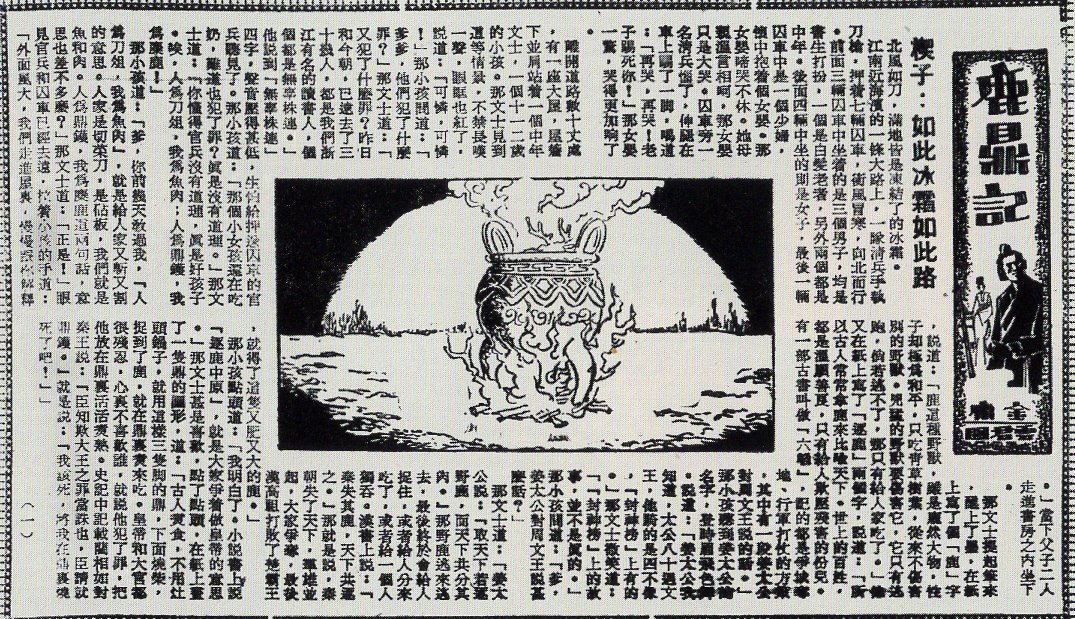
Reading that Gao Yong novel I just got, "Rusty Sword". And there is a part that is very close to the Dugu Qiubai part of ROCH. "Rusty Sword" was published first. I think Jin Yong may have taken his idea for Dugu Qiubai from this "Rusty Sword" novel...
#wuxia #武俠
#wuxia #武俠
There's too many similarities: sword tomb, master desperately seeking someone who can defeat his swordplay, even the name 玄鐵劍 is the same. And it's magnetic (the Dragon Slayingh Sabre in HSDS is made from 玄鐵 and is also magnetic)...
#wuxia #武俠
#wuxia #武俠
Also the sword is much heavier than a normal sword.
• • •
Missing some Tweet in this thread? You can try to
force a refresh














